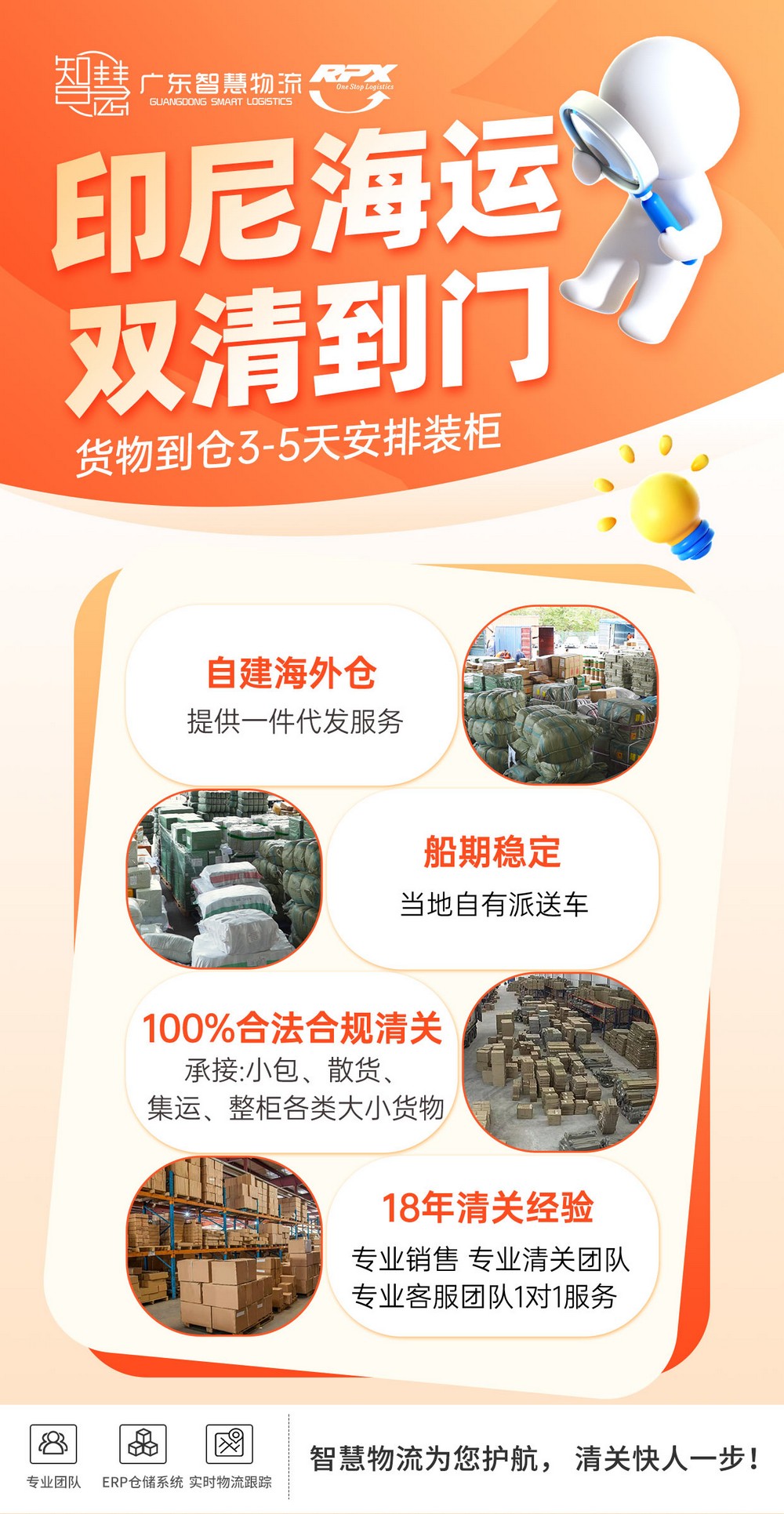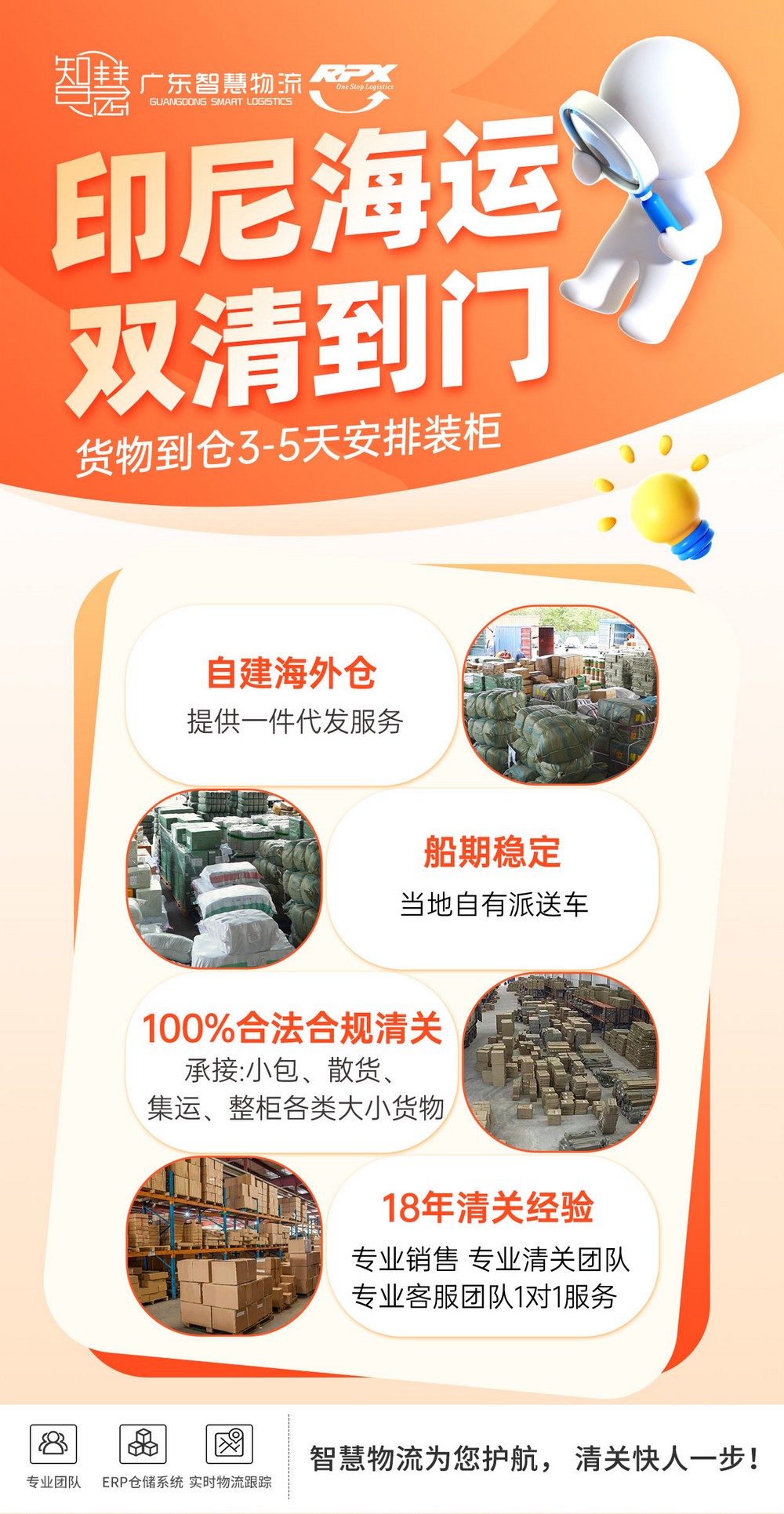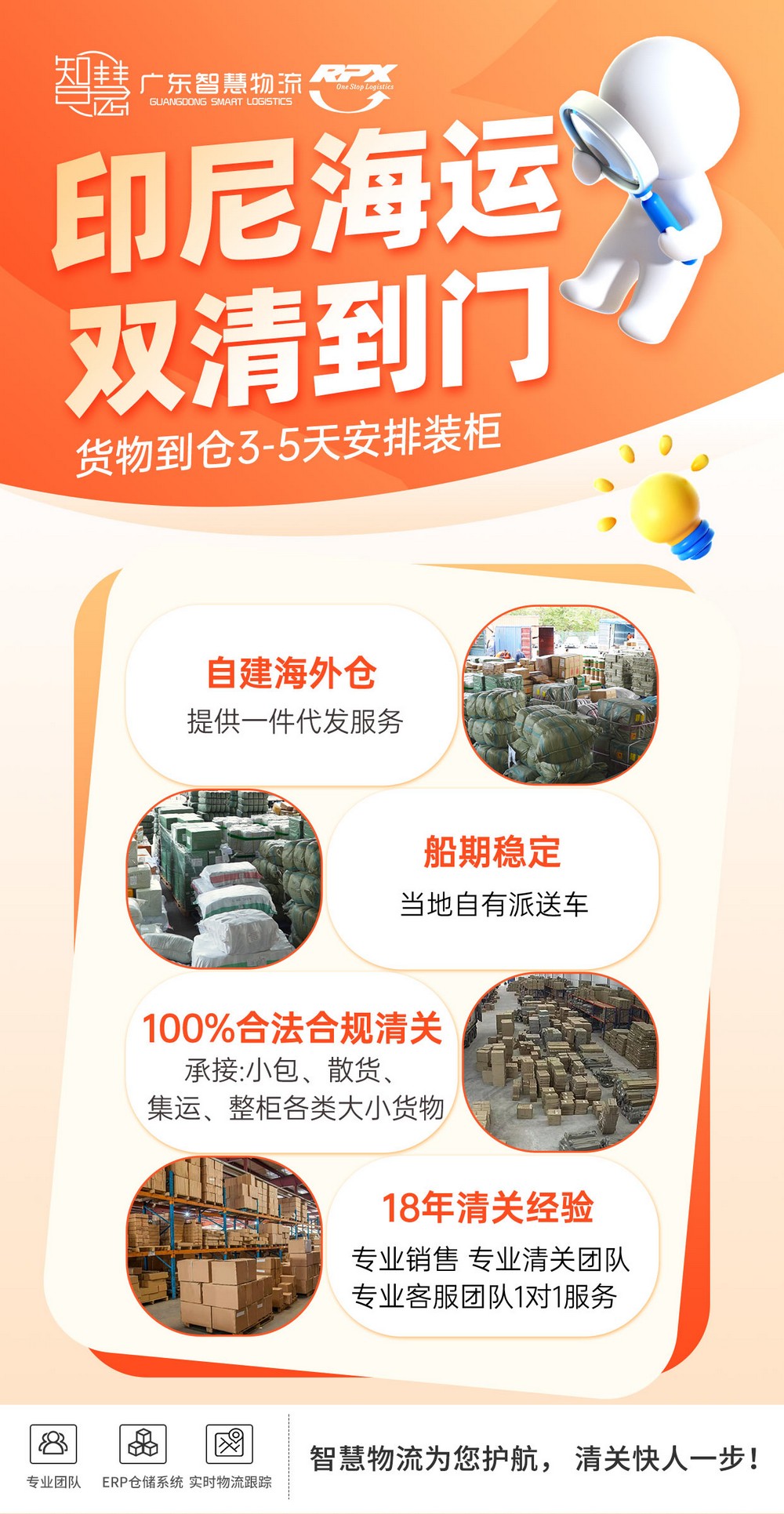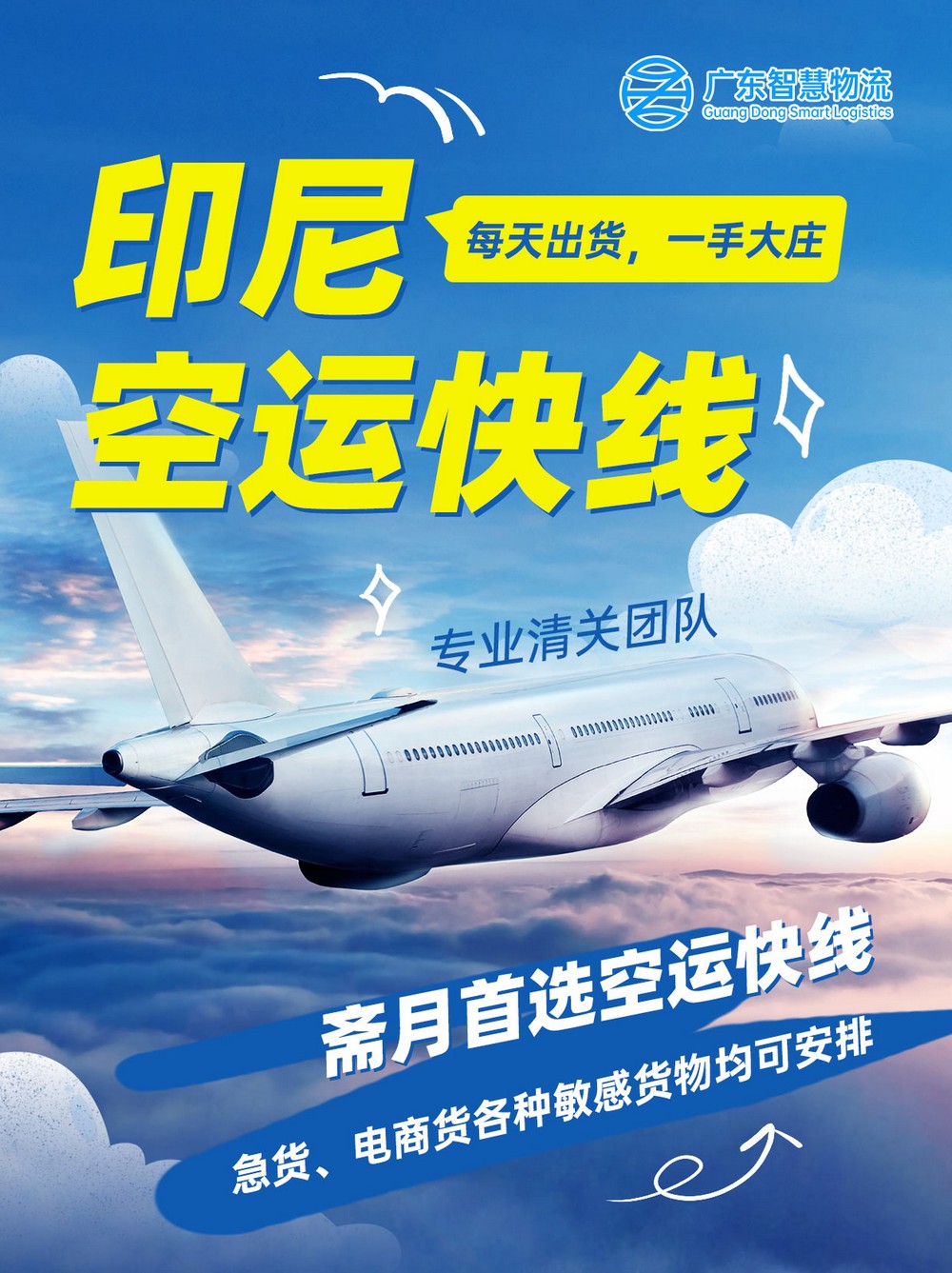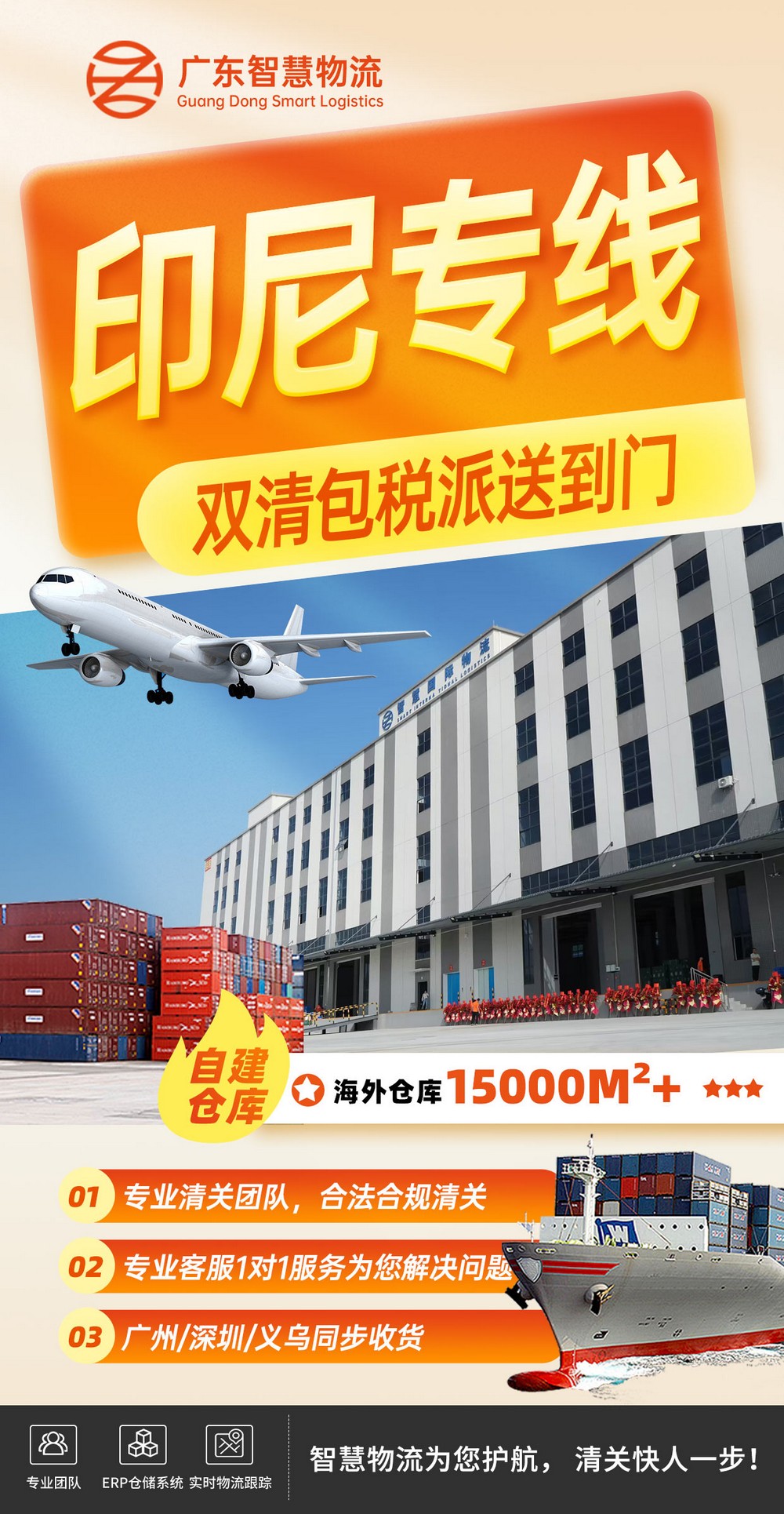Detailed process of shipping folding electric bikes to Indonesia via LCL sea freight. While the note Indonesia Ocean Freight Quote doesn’t provide a detailed, step-by-step process specifically for LCL (Less than Container Load) sea freight of folding electric bikes, it does give relevant information and general guidelines that apply to the process. Here’s a breakdown of the likely process, combining general LCL shipping knowledge with the specifics from the note:
1. Preparation and Documentation (Shipper’s Responsibility):
- Packing: The note emphasizes proper packing. Since folding electric bikes are relatively fragile and contain batteries, they must be securely packed. The note states: “Fragile products must be packed in wooden frames/wooden cases, and provide fragile guarantee.” This is crucial. The battery should ideally be packed separately if possible, and its terminals should be protected to prevent short circuits.
- Shipping Marks: The outer package must have clear shipping marks. The note explicitly states: “Goods delivered to our company must have shipping marks on the outer package. If there is no shipping mark, the warehouse will refuse to receive the goods…”
- Packing List and Invoice: You must provide a detailed Packing List and Commercial Invoice in English or Chinese. This is a standard requirement for international shipping and is explicitly mentioned in the note. These documents should accurately describe the bikes (including quantity, model, value, and battery specifications), and the consignee’s information.
- Determine HS Code: Although not mentioned in this specific note, you’ll need the correct Harmonized System (HS) code for electric bicycles. This code is used for customs classification and duty calculation.
2. Booking and Delivery to Warehouse (Working with Guangdong Smart Logistics):
- Contact and Quotation: Contact Guangdong Smart Logistics (website: ) to get a specific quote. Electric bikes will likely fall under the “hard lartas” category (“some electrical appliances”), but it’s best to confirm. The note says, “please consult separately for other products.” LCL means your bikes will be consolidated with other shipments, so the price will be based on volume (CBM – Cubic Meters) and weight.
- Confirm LCL Details: Confirm the minimum volume (the note mentions a “minimum consumption of 0.3 cubic”). Also, confirm the “Cubic weight limit” (500KG). The note explains how overweight charges are calculated: “Calculation method of overweight: actual weight /500KG= billing cubic number.”
- Delivery to Warehouse: Deliver the properly packed and marked goods to Guangdong Smart Logistics’ warehouse. Ensure you understand their receiving procedures.
3. Freight and Customs Clearance (Guangdong Smart Logistics’ Responsibility):
- Consolidation: Guangdong Smart Logistics will consolidate your shipment with others going to Indonesia.
- Sea Freight: They will arrange the ocean freight to the destination port in Indonesia.
- Double Clearance: The note emphasizes “Direct route double clearance tax quotation.” This means Guangdong Smart Logistics handles both export customs clearance in China and import customs clearance in Indonesia, and the quoted price includes the relevant taxes. This simplifies the process significantly for you.
- General Trade Declaration: Be aware of the declaration fee. The note states: “The general trade declaration fee is RMB650/ sheet. If the declaration exceeds 6 items, 80RMB/ sheet will be charged for the continuation fee…”
4. Arrival and Delivery (in Indonesia):
- Arrival Notice: Guangdong Smart Logistics (or their agent) will notify the consignee (the person receiving the bikes in Indonesia) when the shipment arrives.
- Delivery: The note states: “free delivery only for central, west & north Jakarta, delivery fee beyond the area is subject to actual verification.” If the delivery address is outside these areas, there will be an additional delivery fee.
- Delivery Limitations: “Deliveries only go downstairs, not upstairs; If you need the delivery driver to send upstairs or move into the warehouse, please consult with the consignee.” This is important for the consignee to know.
- Inspection Upon Receipt: The consignee must inspect the shipment upon arrival. The note clearly states: “When the goods arrive at the destination, the consignee should check whether the number of pieces is complete and whether there is any abnormality in the outer box.” Any damage or discrepancies should be noted on the receipt and documented with photos/videos.
5. Claims (if necessary):
- The note outlines claim procedures. Claims for damage must be made immediately upon receipt with photographic proof. Compensation is limited to twice the freight cost for uninsured parcels.
- The note also details circumstances where Smart Logistics is not liable (force majeure events).
- Insurance is available (3% of the insured amount).
Key Considerations from the Note:
- Accurate Valuation: Understating the value can lead to problems with customs (point 9 in the “Carrier: Terms and Regulations” section).
- Sensitive Cargo: If the bikes have batteries, they might be considered sensitive cargo. If other goods are shipped with sensitive cargo, the entire shipment may be charged at the sensitive cargo rate.
- Lien: If fees are not paid, Smart Logistics has the right to place a lien on the goods.
In summary, while the note doesn’t provide a detailed, step-by-step guide, it provides the crucial framework and rules governing the shipping process with Guangdong Smart Logistics. The most important takeaways are proper packing, accurate documentation, understanding the “double clearance” service, and the consignee’s responsibilities upon arrival.

